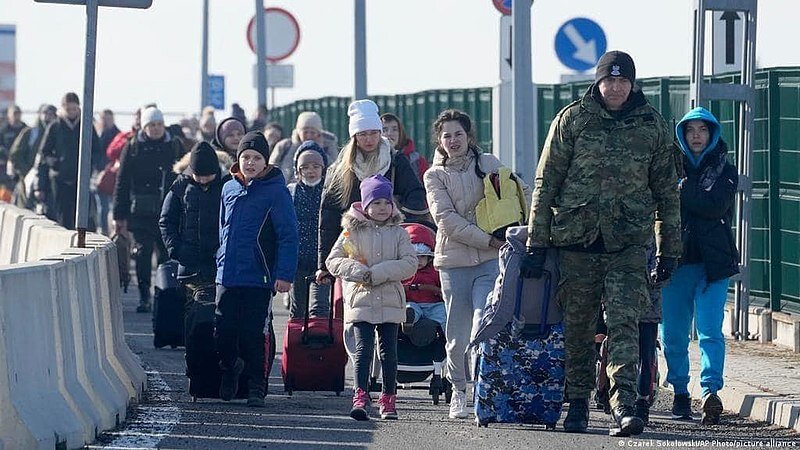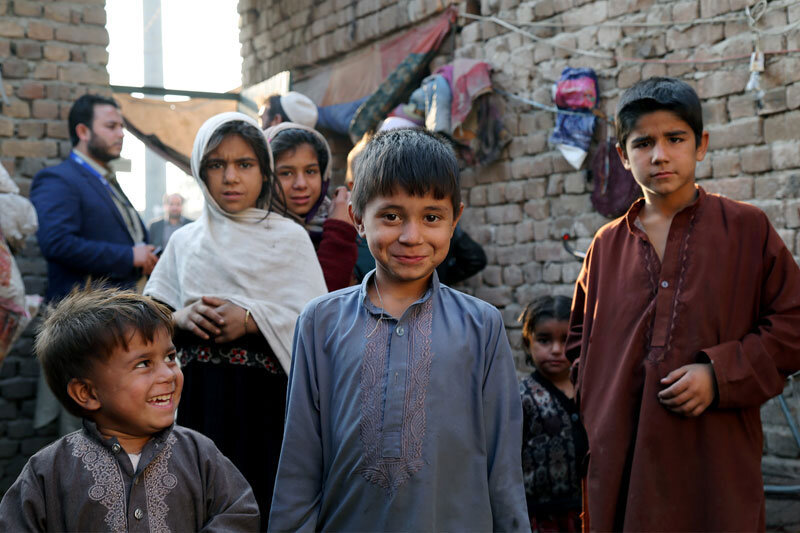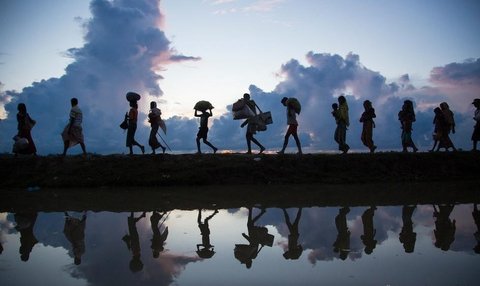Iran (IMNA) - The International Convention on the Protection of the Rights of All Migrant Workers and Members of Their Families was approved by the General Assembly on December 18, 1990.
Every year on December 18, the International Organization for Migration (IOM), a UN-affiliated organization, uses International Migrants Day to highlight the challenges and contributions of the approximately 272 million migrants, including the over 41 million people who are internally displaced. 3.6 percent of the world's population, or 281 million people, were predicted to be refugees worldwide in 2020, according to data.
According to the most recent figures available in 2020, there were 1.8 million Iranian immigrants worldwide, or 2.23 percent of Iran's total population. However, internal sources claim that there are 4.04 million Iranian immigrants living overseas, despite the fact that this number cannot be confirmed by external sources.
In 1990, there were 820,000 Iranian immigrants living in the world; by 2020, there will be 1.8 million. In actuality, there are 2.2 times more Iranian immigrants now than there were thirty years ago.
Iranian immigrants have increased from 0.54 percent in 1990 to 0.70 percent in 2020, which is still less than Iran's share of the world's population. As a result, they have never reached the 1 percent mark over the past three decades, despite Iran's population share of about 1.07 percent of the world's population.
In 2021, the UNHCR estimates that there are 21.5 million asylum seekers worldwide. The majority of those hold refugee status worldwide, with South Sudan, Afghanistan, and Syria having the highest numbers. Additionally, Venezuelans, Afghans, and Iraqis make up the largest percentage of asylum seekers worldwide.
Iran is ranked ninth with 798,343 people among the top 10 nations that receive refugees worldwide. Forecasts suggest that 4.5 to 5 million Afghans may travel to Iran, although this number has increased recently, particularly in response to the Taliban's authority over Afghanistan. Because most of them entered the country illegally, they are regarded as unauthorized citizens. The majority of those looking for refuge reside in Turkey, Peru, and the United States.
Meanwhile, the major destinations for new asylum applicants are Germany, France, and Spain.


Which countries have the highest number of asylum seekers?
Venezuelan, Afghan, and Syrian nationalities filed the majority of asylum claims in 2020. While more than four-fifths of Venezuelan asylum applications were made in the United States, practically all Afghan and Syrian refugee applications were lodged in Europe.
In 2020, 33,800 refugees from 126 countries of origin were granted citizenship in 28 countries, while the number of nations reporting giving refugee citizenship remained unchanged from 2019 (28 countries in 2020 and 25 countries in 2019).
The Netherlands has granted citizenship to 25,700 people (three-quarters of all cases of awarding citizenship) out of a total of 33,800 cases across the world. In general, European nations granted 85 percent of the lawsuits in 2020. Furthermore, following the Netherlands, two nations, Canada and France, respectively, gave the greatest number of citizenship permits to refugees in 2020.
Afghans make up 99 percent of all immigrants in Iran.
Prior to the latest surge of immigration, 95 percent of immigrants to Iran were Afghans, 2.5 percent were Iraqis, and the remainder were Pakistanis, Lebanese, Yemenis, Syrians, and Nigerians; however, after the events in Afghanistan, around 99 percent of immigrants in Iran are Afghans.
Prior to the Taliban's takeover of Afghanistan, Iran was home to around 3.5 million immigrants; 1.5 million of them were legal and the rest were illegal, but after that, approximately 1 to 1.5 million immigrants entered Iran. As a result, almost 2,600,000 illegal immigrants are residing in Iran.
Illegal immigrants are even denied education in schools in the United States, but in Iran, education is free for foreign nationals, and it can be argued that the children of all immigrants, with the exception of some of the most recently arrived, benefit from free education, which is unparalleled in the world. Iran was hailed in international forums last year for opening its doors to Afghans who fled their country following the entrance of the Taliban.

Children born to Iranian women and foreign males are granted Iranian citizenship
A new nationality legislation, modified in 2019, makes approximately 105,000 children in danger of becoming stateless eligible for Iranian citizenship, allowing minors under the age of 18 to apply for identification cards.
14000 of the 105,000 applicants under the age of 18 have already gotten their birth certificates and ID cards.
Children of Iranian women and non-Iranian men who were born before or after the law's passage are eligible to become Iranian citizens if their Iranian mothers ask that they have no security issues before they are 18 years old.
Provided the mother does not seek it, these children may petition for Iranian citizenship after they turn 18 and will be given it provided there are no security issues.

Is the movement of human resources a chance or a danger?
The loss of human capital for all time separates developing and less developed nations from developed ones when it comes to the issue of labor migration. In other words, the need of the country of origin is what makes immigration a bad thing; however, if the platforms are in place to utilize the talent of immigrants abroad, this will not only bring about economic benefits but will also result in the transfer of skills, knowledge, ideas, and wealth across international boundaries.
In other words, the risk posed by the movement of human resources, particularly specialized human resources, may also present a chance to get access to the resources, networks, and other assets of immigrants. The way countries approach, politicize, and regulate immigration is what sets them apart in terms of the opportunity or threat it poses.


Your Comment